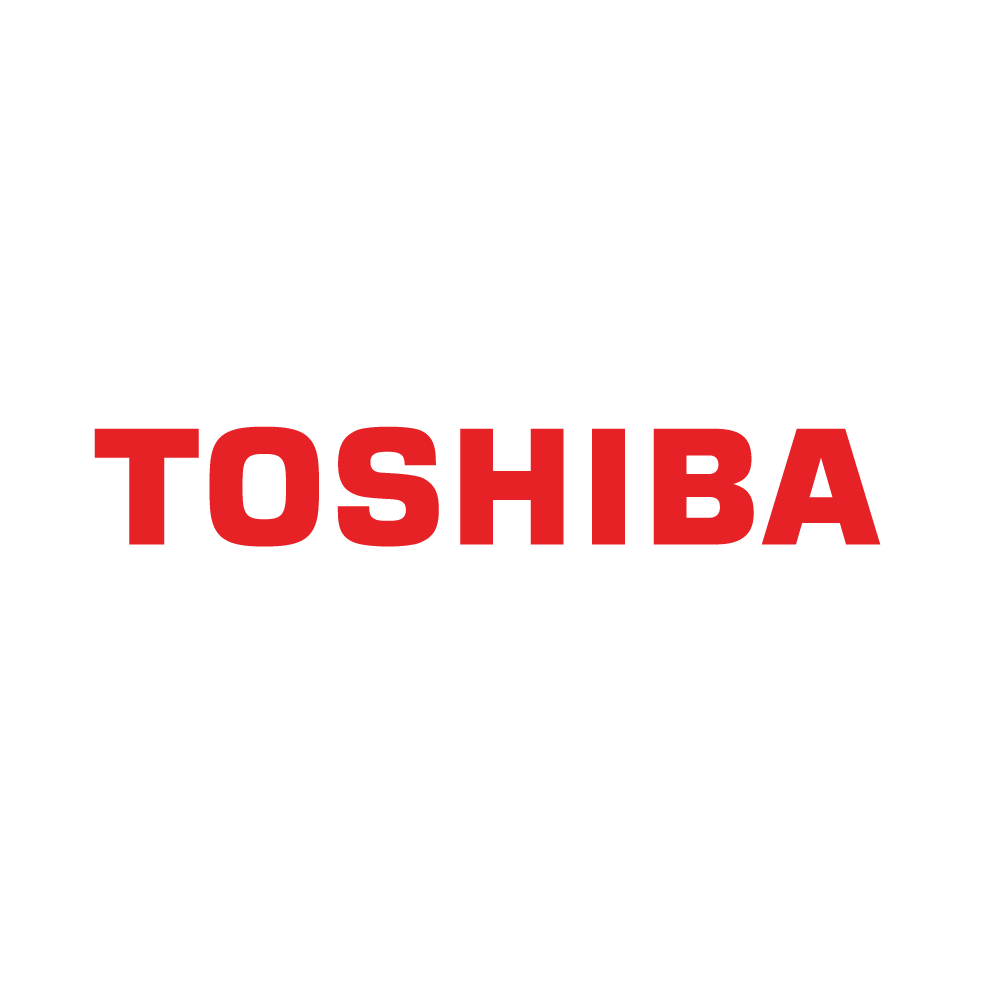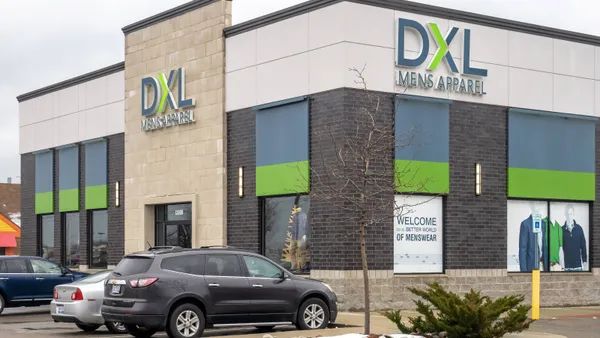Dive Brief:
-
PVH-owned Calvin Klein Inc. and Amazon Fashion on Thursday announced the Calvin Klein X Amazon Fashion holiday retail experience, available now through Dec. 31. The collaboration includes pop-up shops in New York City and Los Angeles, as well as an online brand store — My Calvins — on Amazon.com, according to a joint press release. The shops will host special events with celebrities, including supermodel and entrepreneur Karlie Kloss, and comedian and author Lilly Singh.
-
Within the pop-ups, customization stations allow shoppers to have their purchased items personalized with embroidery, content creation spaces will encourage shoppers to create their own unique, sharable social media clips, and lounge areas will connect shoppers between the bi-coastal shops via video, allowing them to interact and share content in real time, the companies said.
-
Customers can make a purchase by scanning a bar code in the Amazon app and having their items delivered to home, or they can purchase in-store. Fitting rooms will feature Amazon Echo devices, allowing shoppers to ask Alexa questions about the Calvin Klein product and experience, control lighting features, and play music of their choice.
Dive Insight:
Like Nike and Kohl’s before it, Calvin Klein is forging a partnership with a company that could ultimately undermine its brand. Through its growing Amazon Fashion operations, Amazon presents a multi-faceted challenge to apparel companies, which face consequences no matter how they respond.
Starting last year, the e-commerce giant has launched a series of private label clothing and accessories brands in various sub-categories, most recently in footwear. Amazon is also experimenting with various sales and delivery models, including a new apparel subscription service (currently in beta), Prime Wardrobe.
Amazon's own labels complicate already vexing choices for brands. Even when they don’t officially distribute through Amazon, hundreds of SKUs are available through third-party vendors on the Amazon Marketplace, according to research from digital insights firm L2. For example, there are more than 2,300 Amazon Marketplace listings for Tory Burch items, some with discounts as high as 71% off the manufacturer’s suggested retail price.
And while apparel makers can indeed take more control of their brands on the website when selling directly at Amazon, through the Alexa voice assistant or in Calvin Klein's case, Amazon-affiliated pop-ups, they run the risk of Amazon evaluating their best sellers and basing its own Essentials items on the performance.
For example, Amazon Essentials accounted for 4% of its daily best sellers, up from zero a year ago. The top-performing item was the "Men’s Cotton Pique Polo Shirt," markedly similar to Dockers’ "Men’s Short Sleeve Solid Poly Pique Polo Shirt" at half the price. "With Levi’s/Dockers owning the second highest share of best sellers in the men’s clothing category, this suggests Amazon’s private label brands pose the greatest threat to the very brands that are top of the category today," noted L2.
But brands like Calvin Klein and retailers like Kohl's, which has carved out space for Amazon sales and is taking Amazon returns, have decided there's value to tying their fortunes to the e-commerce giant, perhaps in part to boost their own e-commerce sales. Though not all involve Amazon, there’s an increasing level of collaboration between e-commerce and traditional retailers, as seen in Amazon’s acquisition of Whole Foods, its lease of the top floors of a Macy's store in Seattle, Walmart’s e-commerce acquisition spree and eBay executive Hal Lawton’s move to Macy’s, according to Gordon Haskett analyst Chuck Grom, who called Kohl's Amazon announcements "intelligent" in an email to Retail Dive. Nordstrom’s experiment with a merchandise-free retail concept is also part of that landscape, he noted.
"We continue to observe more and more collaboration between digitally native companies and traditional retailers – a theme that we think will continue to build momentum in the coming quarters," Grom said.
This story is part of our ongoing coverage of the 2017 holiday shopping season. You can browse our holiday page and sign up for our holiday newsletter for more stories.














